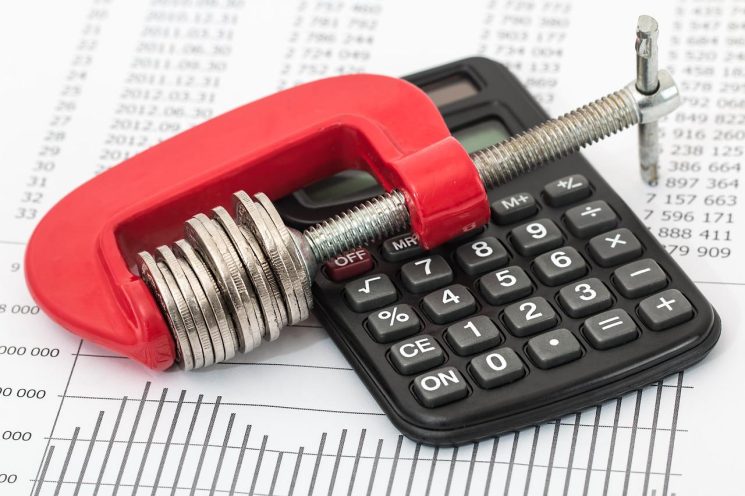No one has a crystal ball that helps them see into the future. If they did, making investments would be easy. Unfortunately, those sorts of powers are confined to fiction. However, even though it’s impossible to forecast the future with 100% accuracy, it is possible to make plausible predictions. If you’ve used any of our calculators, you’ll know this already. Regardless of whether you’re calculating your potential mortgage payments or saving for retirement, you can plug some numbers into a calculator and get an idea of what the future might be.
Of course, the results are only as good as the input. In other words, if the information you provide is unrealistic or implausible, the result will be wide of the mark. But, if you’re realistic and conservative with the data you put in, the calculation you get out can be fairly accurate. This premise holds true in almost all instances, even with something as potentially unpredictable as the stock market. This doesn’t mean you can predict whether or not a stock will increase in value. What you can calculate though is the amount you can make over time if a stock is profitable.
Look Ahead to Make the Most of Your Money
You can do this by making some assumptions and putting them into a stocks and shares ISA growth calculator. The first thing to note is that stocks and shares ISAs are specific financial products open to adults in the UK. In simple terms, an ISA (Individual Savings Account) allows you to save money without paying capital gains tax on the interest earned.
A stocks and shares ISA works in the same way except for the fact you don’t pay capital gains tax on the profits you make from your investments. There are some limits in terms of the amount you can invest each year (£20,000 in 2022/2023). However, the reason to use a stocks and shares ISA is that you can invest in stocks and shelter any profits from capital gains tax.
Assuming you have spare cash to invest in stocks, you’ll want to know how much you can make. This is where a growth calculator comes in handy. By inputting the following variables, you can find out how much your initial investment will be worth in the future. The variables you need to put into the calculator are:
- Investment amount
- Will you invest monthly or annually?
- Value of your existing ISA
- Expected growth of your investment
- Number of years you want to invest for
Let’s assume you start with £1,000 in an ISA and invest £100 a month for 10 years. That means you’ll have invested £13,000 over the course of 10 years (£1,000 starting stake + 120 payments of £100). Assuming your investments provide an average return of 10% over that time, you’ll have £22,742.59. That means your ISA investment will have grown by £9,742.59. That’s a solid return and better than you’ll get in a standard savings account offering interest of less than 1%.
Be Conservative with the Unknown

What’s more, the calculation is fairly reliable because four of the five data points are known variables. The only unknown variable is the expected growth percentage. This is where the uncertainty comes in. However, what you can do is look at the average return for popular stocks. For example, a calculation by Netcials shows that the average return for Google stock since 2015 is 24.45%.
That doesn’t mean it will always return 24.45%. However, these calculations can be used as a starting point. Indeed, if you’re conservative with your estimates, a growth calculator can be a good way to see what an investment will be worth in the future. It’s not a crystal ball but it can shed some light on the potential value of investments and how you can get more for your money.?





